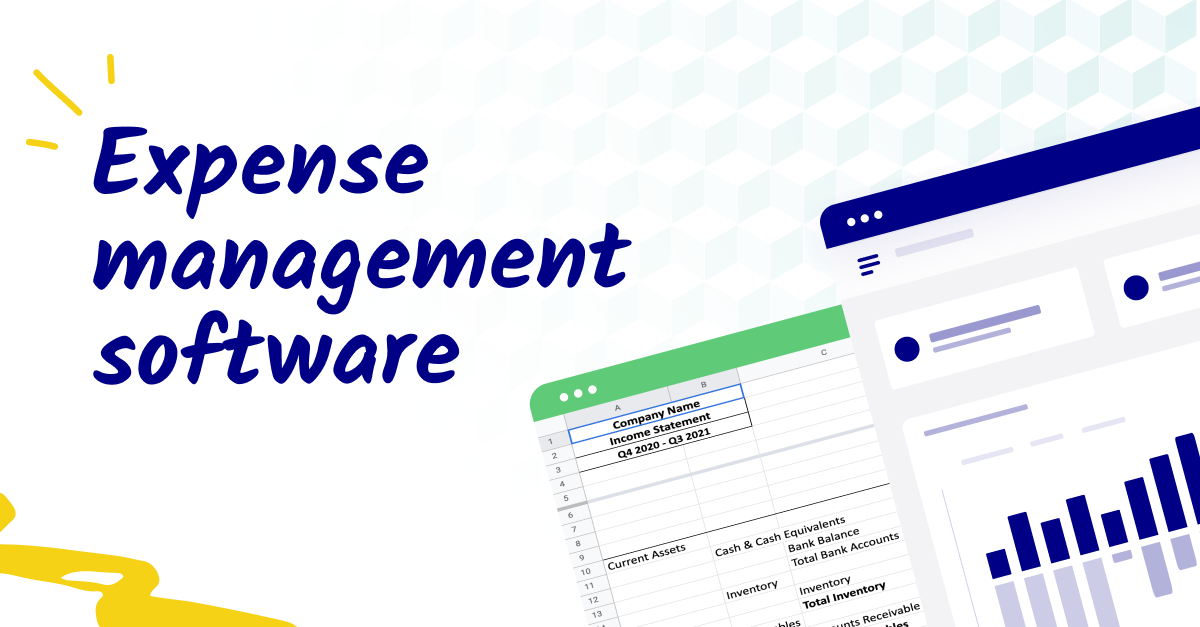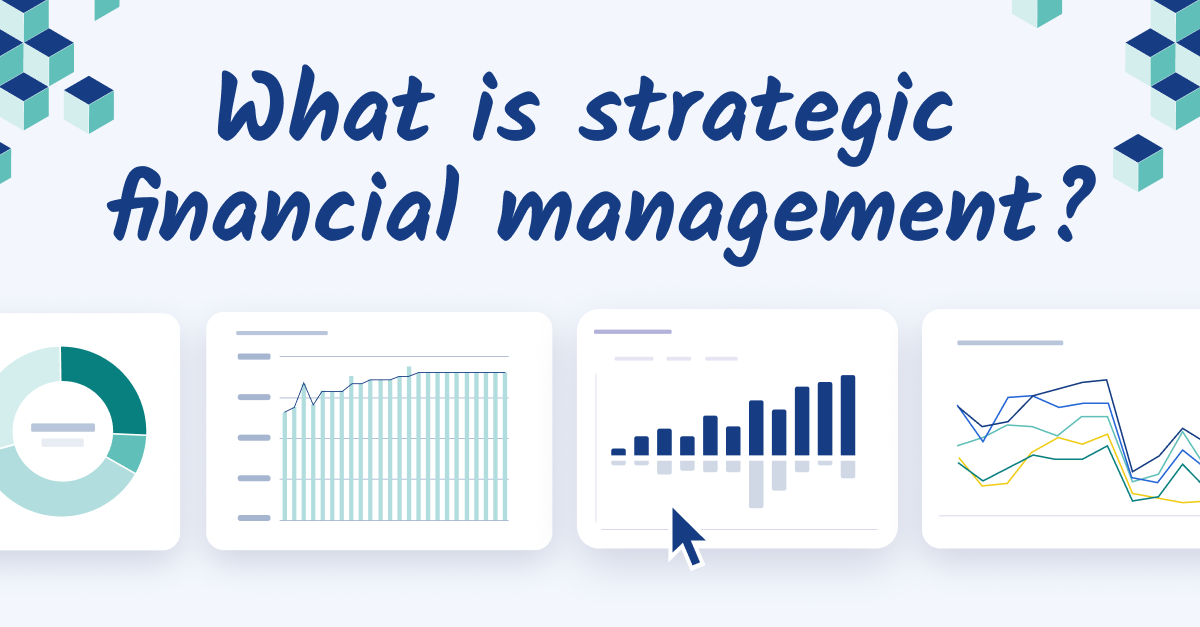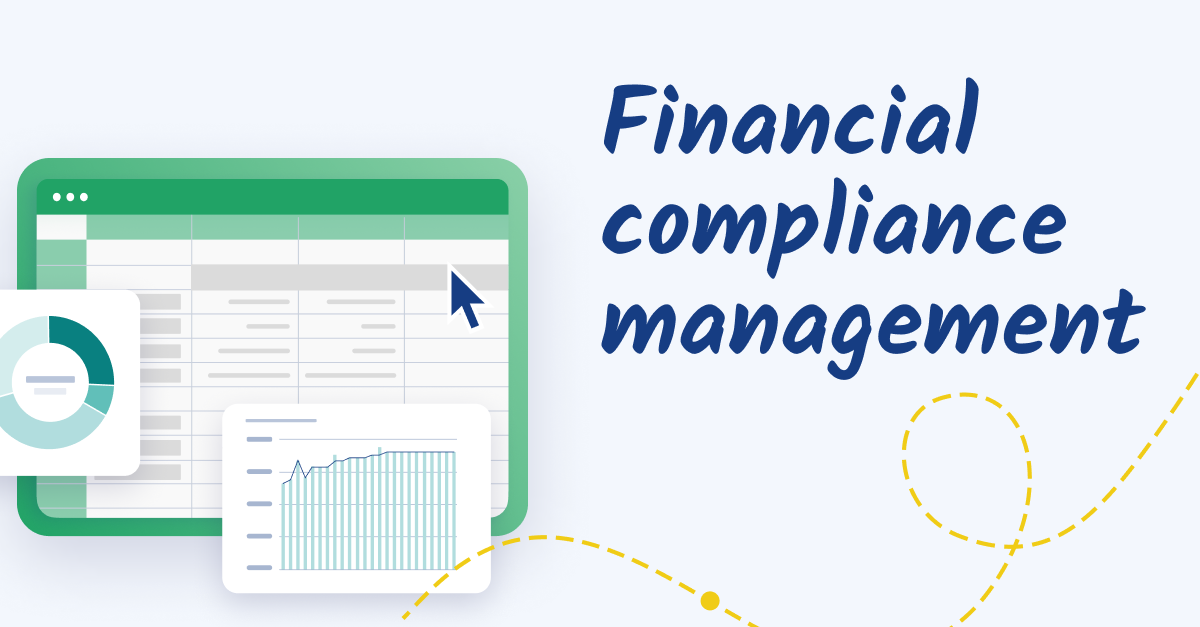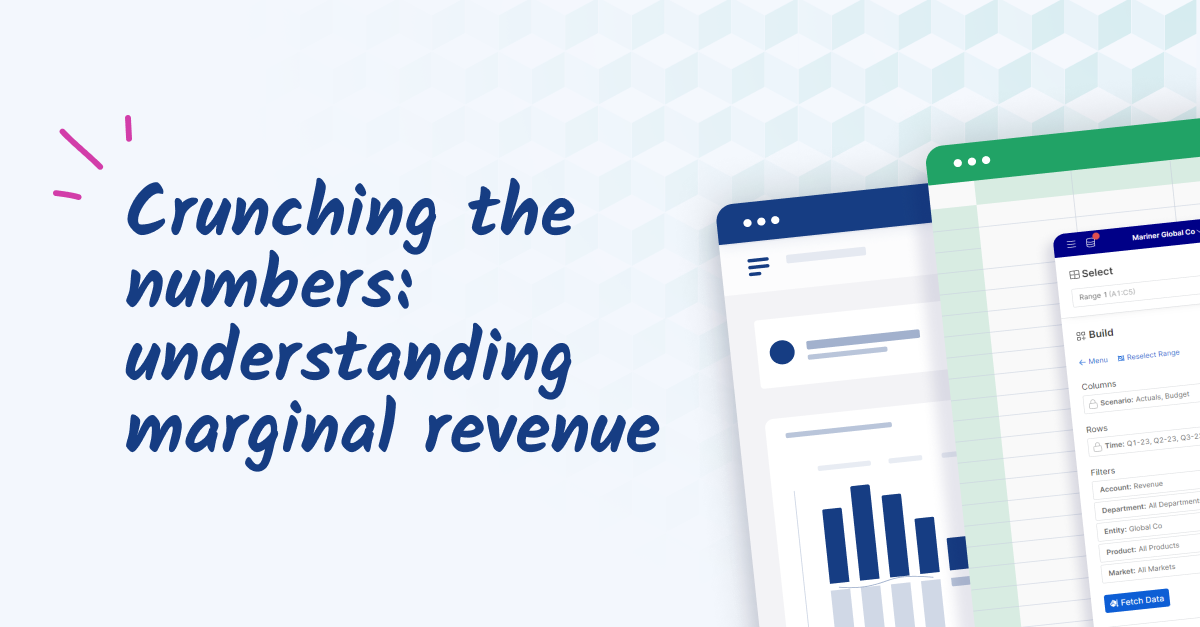The role of expense management in financial planning
Efficient expense management plays a pivotal role in maintaining and improving a company's financial health. By carefully monitoring and controlling expenses, finance professionals can ensure that funds are being used effectively, reducing waste and maximizing profitability. This is more than just keeping costs low; it's about making smart spending decisions that align with your company's strategic goals.
Integrating expense management into the broader financial strategy is key. It's not an isolated task but a crucial component of the overall financial planning process. Effective expense management provides a clearer picture of where the company stands financially, aiding in more informed budgeting and forecasting.
It helps identify cost-saving opportunities and areas where investment can drive growth, ensuring that every financial decision is aligned with the company’s long-term objectives. For FP&A and finance leaders, mastering expense reporting means steering your organization towards financial stability and growth.

Key features of expense management tools
For finance leaders, keeping a tight rein on expenses is more crucial than ever. This is where a tool like expense management software can be instrumental.
Expense management software can help you avoid costly errors and fraud, ensure compliance with financial policies and regulations, and optimize spending to align with strategic goals. By automating routine tasks, it frees up finance teams to focus on more strategic aspects of financial planning, such as budgeting, forecasting and financial analysis.
This software is not just a tool for tracking and reporting but a strategic asset that can significantly impact a company's bottom line and overall financial health. Here are some of its key features:
- Automation of expense tracking and reporting: Expense automation simplifies the process of recording business expenses, reducing the manual workload. Automated tracking ensures accuracy and timeliness of expense reports, which is crucial for keeping financial records up to date and reliable.
- Integration capabilities with other systems: The ability to integrate with other financial software (e.g., accounting software) and systems is vital. This creates a seamless flow of data across platforms, enhancing the efficiency of financial operations and ensuring consistency in financial data across all departments.
- Real-time expense analysis and insights: With real-time analytics, finance leaders can get immediate insights into spending patterns and trends. This allows for proactive expense management and quick adjustments to financial strategies as needed.
- Compliance and policy enforcement tools: These tools help ensure that all business expenses comply with company policies and external regulations. They can automatically flag anomalies or potential compliance issues, aiding in risk management and policy adherence.
- Customizable approval workflows: Tailoring approval processes to fit your company's structure and needs helps streamline expense approvals, making the entire expense management process faster and more efficient.
- Scalable solutions for business growth: As your business grows, your expense management solution should be able to scale with you, accommodating an increasing number of transactions and more complex financial structures.
Biggest benefits of implementing expense management software
Implementing expense reporting software is a game-changer for FP&A and finance professionals. It transforms how organizations handle their financial operations, offering tangible improvements in efficiency and strategic financial oversight.
Let’s explore the specific benefits this software delivers to enhance your organization's expense management:
Enhanced visibility and control over expenses
The best expense management software provides a clear and detailed view of all company expenses. It allows finance leaders to monitor spending in real time, identifying trends and outliers. This enhanced visibility is crucial for maintaining control over expenses and making informed financial decisions.
Streamlined processes and reduced administrative burden
One of the most immediate benefits of expense management solutions is the streamlining of expense-related processes. By automating tasks such as expense reporting and approvals, the software significantly reduces the time and effort involved in managing expenses, freeing up the finance team to focus on more strategic tasks.
Improved accuracy and reduction in errors
Automated expense tracking minimizes the likelihood of human error in the recording and reporting of financial data. This improvement in accuracy is vital for ensuring the reliability of financial information, which is the foundation for all financial planning and analysis activities.
Strategic cost savings and profit margin optimization
With comprehensive insights into spending patterns and the ability to track expenses against budgets in real time, finance leaders can identify areas for cost savings. This strategic approach to expense reporting can directly contribute to optimizing profit margins by ensuring that spending aligns with the company's financial goals and strategies.
Strategies for choosing the right expense management software
Selecting the right expense management software is crucial for optimizing your financial operations. Here are some strategies to guide you in making an informed choice:
1. Assess organizational needs and software compatibility
Start by thoroughly evaluating your organization's specific needs. Consider the size of your company, the complexity of your expense reporting processes, and any unique requirements you may have. Ensure the expense management tool you choose is compatible with your existing financial systems and workflows for seamless integration.
2. Evaluate user experience and ease of adoption
The software should be user-friendly and intuitive. A good user interface ensures that your team can adopt the software with minimal training. Look for software that offers a straightforward, easy-to-navigate design, which can significantly increase user adoption rates and reduce resistance to new processes.
3. Considering scalability and future growth
Your chosen software should not only meet your current needs but also have the capacity to grow with your organization. Consider its scalability in terms of handling increased transaction volumes, additional users, and evolving business requirements. This foresight will ensure that the software remains a valuable tool as your company expands.
4. Reviewing security features and data protection
In today's digital age, the security of financial data is essential. Review the software’s security protocols and data protection measures. Ensure it complies with relevant regulations and industry standards to safeguard your financial information against unauthorized access and data breaches.
By focusing on these key areas, you can select an expense management software that not only aligns with your current needs but is also a robust, secure, and scalable solution for the future.
Best practices for integrating expense management software into business operations
For FP&A and finance professionals, integrating expense management software effectively is crucial for optimizing financial operations. Here are some targeted best practices:
Institute effective onboarding and training for staff
Prioritize comprehensive training for all users of the software. Tailor the training sessions to different levels of users, ensuring everyone from entry-level staff to senior finance professionals understands how to use the software effectively. Regular refresher courses can also help in keeping the team updated on new features or changes.
Establish clear policies and procedures
Develop and communicate clear policies and procedures regarding the use of the expense management software. This should include guidelines on how to submit expenses, approval workflows, and handling exceptions. Clear policies ensure consistency in how the software is used across the organization.
Regularly review and optimize software usage
Continuously monitor how the software is being used and the impact it has on expense reporting processes. Regular audits and reviews can help identify areas for improvement, such as streamlining workflows or enhancing user interfaces. This ongoing optimization keeps the software aligned with your evolving business needs.
Leverage data for strategic decision-making
Use the data generated by the expense management solution for strategic analysis and decision-making. Analyze spending patterns, identify cost-saving opportunities, and use these insights to inform broader financial strategies and decisions.
Conclusion: finding the right fit
By carefully selecting the best expense management software for your business, implementing it with best practices, and continuously optimizing its use, you can transform how your company handles expenses, paving the way for improved financial health and success.
Want to learn how using Cube alongside the other software in your tech stack can help you level up your finance function? Request a free demo today.



.png)









